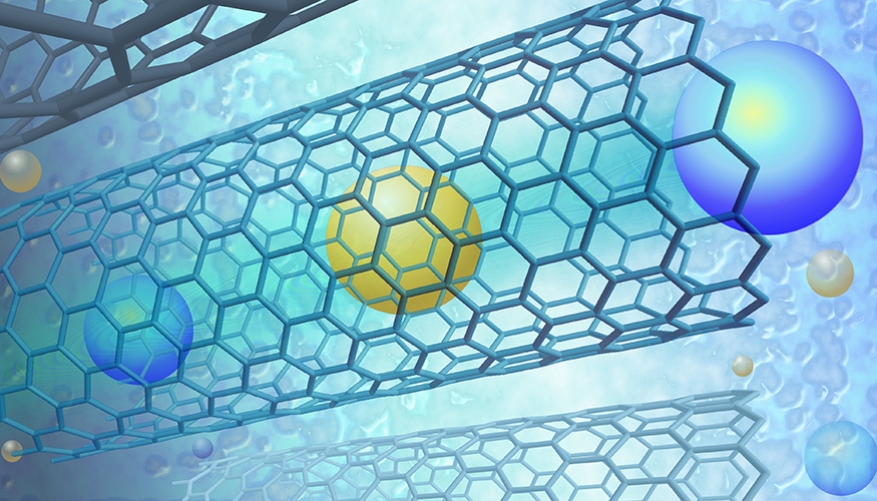High-Resolution Cellular Imaging Platforms
Physics
A trade-secret biophysical system for visualizing cellular structures in real time at nanometer resolution.
The trade-secret biophysical system for visualizing cellular structures in real-time at nanometer resolution integrates cutting-edge technologies in optics, nanotechnology, and computational processing. At its core, the system utilizes a proprietary arrangement of super-resolution microscopy techniques, such as stochastic optical reconstruction microscopy (STORM) or stimulated emission depletion (STED) microscopy, which enable the bypassing of traditional diffraction limits imposed by light microscopy. This system incorporates a high-numerical-aperture objective lens, precision-engineered to optimize light collection and minimize aberrations, thereby enhancing resolution and image clarity. Illumination is provided by a custom-designed, high-intensity light source capable of emitting at specific wavelengths tailored to excite fluorescent probes with optimal efficiency. These probes are selected for their high photostability and brightness, crucial for achieving high-resolution images.Real-time imaging capability is achieved through advanced computational algorithms that reconstruct high-resolution images from a series of raw data sets collected over time. These algorithms correct for sample drift, apply sophisticated de-noising techniques, and utilize machine learning models to enhance image fidelity and accurately track dynamic processes at the nanometer scale. The system's architecture is designed with modularity and flexibility in mind, allowing for easy adaptation to various experimental conditions and the integration of additional techniques, such as spectroscopy or optogenetics. This adaptability enables researchers to probe cellular structures and functions under a wide range of physiological and pathological conditions, providing unprecedented insights into cellular dynamics and interactions at the nanoscale.
Cancer research and diagnostics: The ability to visualize cellular structures in real-time at nanometer resolution could revolutionize cancer research by allowing scientists to study the behavior of cancer cells and their interactions with the surrounding tissue at the nanoscale, leading to a better understanding of cancer progression and the development of more effective treatments.
Neuroscience and neurology: This technology could enable researchers to visualize the intricate structures of neurons and their connections in real-time, shedding light on the mechanisms of neurological disorders such as Alzheimer's disease, Parkinson's disease, and multiple sclerosis.
Infectious disease research: By visualizing the interactions between pathogens and host cells at the nanoscale, researchers could gain a deeper understanding of the mechanisms of infection and develop more effective treatments for infectious diseases.
Stem cell research and regenerative medicine: The ability to visualize cellular structures in real-time at nanometer resolution could help researchers understand the behavior of stem cells and their potential for differentiation, leading to the development of more effective therapies for tissue repair and regeneration.
Development of new nanomaterials and nanotechnology: This technology could enable researchers to study the interactions between nanomaterials and cells at the nanoscale, leading to the development of new nanomaterials and nanotechnology with applications in fields such as medicine, energy, and electronics.
Toxicology and environmental health: By visualizing the effects of toxins on cellular structures at the nanoscale, researchers could develop more effective tests for toxicity and better understand the mechanisms of environmental toxicity.
Development of new diagnostics and therapeutics: This technology could enable the development of new diagnostics that can detect diseases at an early stage, and new therapeutics that can target specific cellular structures or pathways.
Synthetic biology: The ability to visualize cellular structures in real-time at nanometer resolution could enable researchers to design and construct new biological systems with specific functions, leading to applications in fields such as biofuels, agriculture, and pharmaceuticals.

International Monetary Fund (IMF)
Audio and visual technology
View Patent
